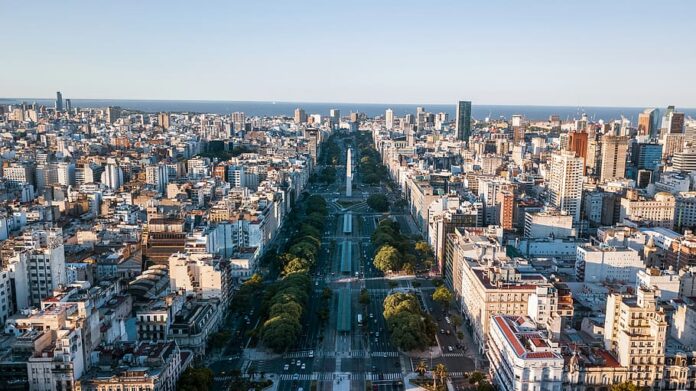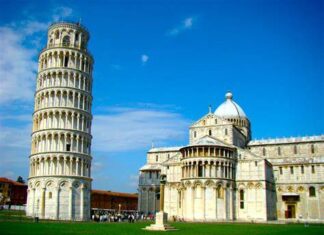Frequently dubbed the "South American Paris," Buenos Aires is a city that blends European allure with Latin American zest," is a city that combines European grandeur with Latin passion. Known for its rich culture, architectural beauty, tango music, and delectable cuisine, Buenos Aires is a city that captivates every traveler.
Cultural Insights
Argentina's capital is an epicenter for art, music, and literature. The tango, a dance originating in the city's working-class port neighborhoods, is central to Buenos Aires culture. You can experience tango shows in traditional 'milongas' or even take a dance class. The city is also home to a dynamic theatre scene; the Teatro Colón is one of the most important opera houses globally, known for its astonishing architecture and acoustics.
Literature enthusiasts must visit El Ateneo Grand Splendid, one of the world's most beautiful bookstores in a converted theater. Moreover, Buenos Aires hosts the International Book Fair, one of Latin America's most significant literary events.

Top Places to Visit
- Recoleta Cemetery: It may seem strange to visit a cemetery, but Recoleta Cemetery is no ordinary resting place. It's a city of the dead, with thousands of elaborate mausoleums.
- Palermo: A trendy neighborhood with tree-lined streets, boutique shops, bars, and restaurants. It's also home to several parks collectively known as Bosques de Palermo.
- San Telmo: One of the oldest neighborhoods, known for its preserved colonial architecture, antique shops, and Sunday street market.
- Puerto Madero: Once a dilapidated port area, it has been transformed into a chic waterfront with upscale restaurants, bars, and modern skyscrapers. The Woman's Bridge (Puente de la Mujer) is a must-see.
- La Boca: A working-class neighborhood famous for its brightly-painted buildings, particularly on Caminito Street, and for being the birthplace of tango.
- Casa Rosada: The presidential palace of Argentina, known for its pink façade. It's located in Plaza de Mayo, the political hub of Buenos Aires.
- MALBA (Latin American Art Museum of Buenos Aires): An art museum dedicated to Latin American art from the early 20th century to the present.

A Culinary Journey
Argentinian cuisine is characterized by its hearty flavors and world-renowned beef. Parrillas (steakhouses) are ubiquitous; trying an Argentinian steak is a must. Typical cuts include Bife de Chorizo (sirloin) and Asado (ribs). Empanadas, pastries filled with meat, cheese, or vegetables, are a popular snack.
For a uniquely Buenos Aires experience, indulge in a traditional Asado (barbecue) accompanied by Malbec wine. Additionally, try Yerba Mate, a traditional drink made from the leaves of the mate plant.
Travel Tips
- Currency and Payments: The Argentine Peso is the local currency. Having some cash is wise, but credit cards are widely accepted.
- Safety: Be cautious with your belongings and avoid flashy jewelry or electronics, especially in crowded tourist areas.
- Language: Spanish is the official language. While many people speak English, particularly in the service industry, knowing some basic Spanish phrases is helpful.
- Transportation: The subway (Subte) is the quickest way around. Taxis and rideshare apps like Uber are also available.
- Weather: Buenos Aires has a temperate climate. Summers (December-February) can be hot and humid, while winters (June-August) are mild. Spring and fall are the best times to visit.
- Tipping: It's customary to leave a 10% tip in restaurants.
- Electrical Outlets: Argentina uses Type I electrical outlets, so bringing a universal adapter is advisable if you're traveling from a country with different plugs.
Buenos Aires is a city that offers an intoxicating mix of culture, history, and gastronomy. Combining European elegance with a vibrant Latin spirit, Buenos Aires is a destination that merits a spot on any traveler's must-visit list. Whether dancing the tango, exploring historic neighborhoods, or indulging in a parrilla, Buenos Aires will leave you longing to return.















